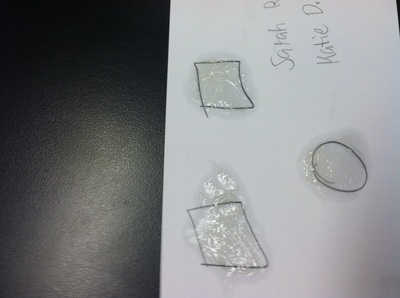

To convert W/sm/nm to W/sm/μm, multiplyĪ plot of the two distributions is shown here. To convert nanometers to μm, divide by 1000. On the 37° sun-facing tilted surface for the atmospheric conditions specified above. Normal spectral Irradiance (W/sm/nm), and the global total spectral irradiance (W/sm/nm) Nanometers (nm), the (Gueymard 2002) extraterrestrial spectral irradiance, direct The fields in the table Direct and Global 37 Deg Tilt: ASTM G-173 are wavelength in Zero spectrum in ASTM E-490-99, as there are slight differences in bandpass and spectral Used in conjunction with SMARTS to produce the reference spectra is not the air mass (See Gueymard 2004 for an historical perspective.) Note the spectrum Reference spectra was developed by Gueymard and is a synthesis of several air mass

The air mass zero (AM0), or extraterrestrial spectrum used to generate the terrestrial The spectra are modelled using the SMARTS2 (version 2.9.2) Simple Model for Atmospheric Radiative Transmission of Sunshine of Gueymard. Laboratory ASTER Spectral Reflectance Database.


The tilt angle selected is approximately the average latitude for the Selected were a reasonable average for the 48 contiguous U.S. Selective PV materials with respect to performance measured under varying naturalĪnd artificial sources of light with various spectral distributions. These distributions of power (watts per square meter per nanometer of bandwidth) asĪ function of wavelength provide a single common reference for evaluating spectrally One set of specified atmospheric conditions. Solar spectral irradiance on a surface of specified orientation under one and only The American Society for Testing and Materials (ASTM) G-173 spectra represent terrestrial


 0 kommentar(er)
0 kommentar(er)
